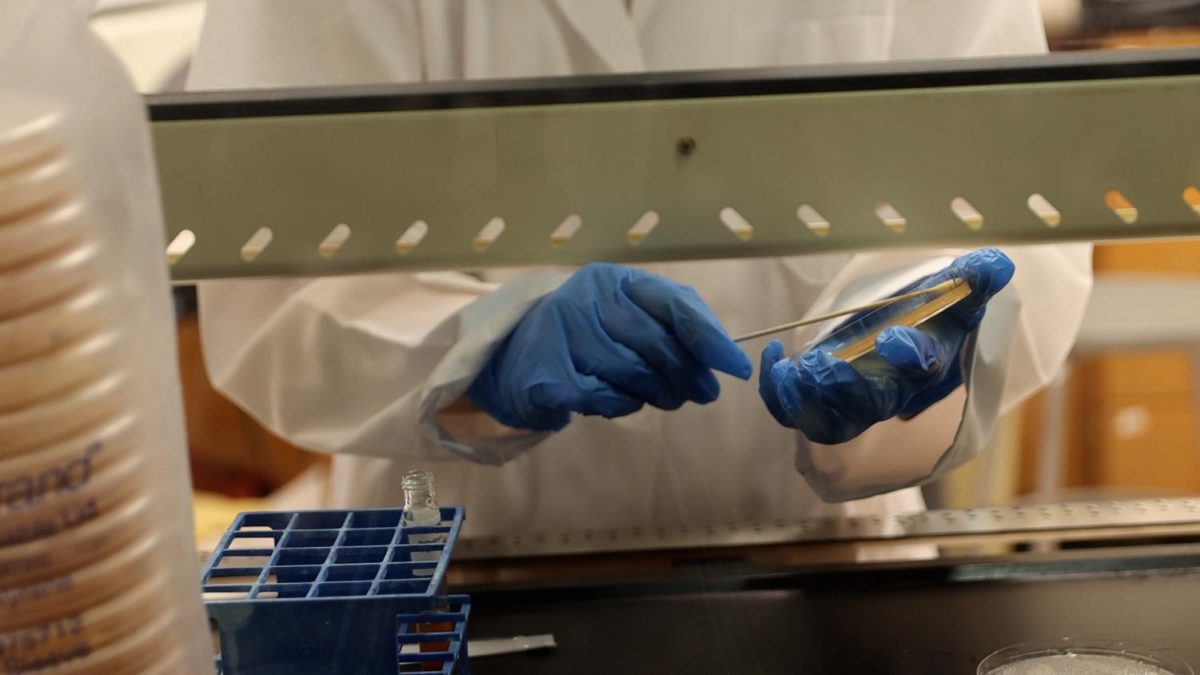The San Mateo County Dispatch Center receives 488,095 calls per year.
Each of these 911 calls is answered by one of the San Mateo County dispatchers, located on the second floor of the county’s Emergency Operations Center in Redwood City, California. Windows surround the center and there’s a slideshow of everyone’s pets in the corner, which brings a smile to everyone’s face, some lightness in a stressful workplace.
“The way I like to say it is we’re the first first responders because everything in law enforcement, everything in fire and paramedics, public safety, it starts with us,” said Natasha Claire-Espino, the Director of Public Safety Communications for San Mateo County.
Although these dispatchers dedicate countless hours to helping their community, they are stressed and understaffed, according to interviews and national surveys. Many dispatchers across America have suffered the mental strain of dealing with high-pressure situations every day.
How 911 operates
Each dispatcher sits at a desk looking at up to eight computer scenes. They wear a headset over one ear listening to calls while the other listens to what else is going on in the room.
Dispatchers seamlessly go from having conversations with one another to answering all types of calls: fires, medical emergencies, threats to people, or anything that requires first responders. While they’re ready for when the public needs them, these responsibilities come with a mental toll.
When receiving a call, the dispatchers focus on the four main Ws: who, what, where, and why. They have to make sure they get all of the information correct so they can send the best possible help. The most important of the Ws is the where. It helps immensely when the dispatchers know where the caller is so they can send help faster and more efficiently.
When calling 911, the first question the caller will be asked is “Do you need paramedics, fire or police?” If the caller responds with either fire or paramedics, they will be transferred to another dispatcher on the other side of the room. If the caller needs police, they will stay with the dispatcher, and they will help.
We get to give instructions for CPR or instructions on how to deliver a baby
— Clair-Espino
If they can’t get anyone there in time, the dispatchers instruct the caller what to do. Once the dispatcher receives all the critical information to the first responders, they ask a series of questions that come up on their computer. Depending on how they answer, those instructions will appear for the dispatcher to tell the caller.
“We get to give instructions for CPR or instructions on how to deliver a baby,” Claire-Espino said.
Mental Health
Alejandra Gonzalez, a dispatcher, described a call that highlights the mental stress of the job. The caller said someone had been shot in the head. Medical help was needed immediately. Gonzalez went through the W’s discovering the caller had shot themself in an attempt to take their life.
Being a dispatcher comes with many responsibilities and being held accountable when things go wrong. This is mentally draining.
According to a study by Carbyne and NENA: The 9-1-1 Association, 74% of dispatch centers report burnout among staff.
74% of dispatch centers report burnout among staff.
— Carbyne and NENA: The 9-1-1 Association
“We have established a well-being committee… we want to create a remarkable experience for employees and for those we serve,” Claire-Espino said.
They also provide therapy and other resources for the dispatchers. In addition to the well-being committee, many dispatchers have hobbies and other things they do outside of work to cope with what they hear at work.
“If you go home and all you do is talk about medical work or firefighter work or law enforcement. You can’t really escape it. So I think it’s important to have outlets that have nothing to do with this line,” said Ashley Sutton, a shift supervisor.
Many of the dispatchers have either kids or other things to do that help them deal with what they hear at work. Sharing photos on a communal slideshow helps take the edge off the moment-to-moment stress, dispatchers said.
How to Become a Dispatcher
The training to become a 911 dispatcher for San Mateo County entails a 12-week process. The requirements are having a high school diploma and being over 18 years old. After applying, a person will have a background check that closely resembles the one for police officers.
In San Mateo County, there are a lot of different types of learning that goes into being a dispatcher. There is classroom training, hands-on training, and also sitting alongside a mentor who walks trainees through how to answer the phone and what to say in different situations.
Trainees then learn how to operate the radio, which is taught in an academy setting. Once that is complete, soon-to-be official dispatchers will be out on the floor answering calls.
“You want to have the desire to help others,” Claie-Espino said.
To be a dispatcher, applicants need to have a specific set of skills and be able to separate work from home life. The key is to be able to deal with high-stress situations.
They are looking for people with experience in a “fast-paced environment with frequently changing priorities,” according to the SMC website.
At San Mateo County the pay ranges from $83,636.80 to $93,475.20 annually for starting dispatchers.
The county’s website has a 1,382-word job description, but one dispatcher, Dominic Sabel, summed it up in only 15.
“We just sit around. Wait for the phone to ring. Try to save some lives.”
This story was originally published on Scot Scoop News on May 15, 2024.

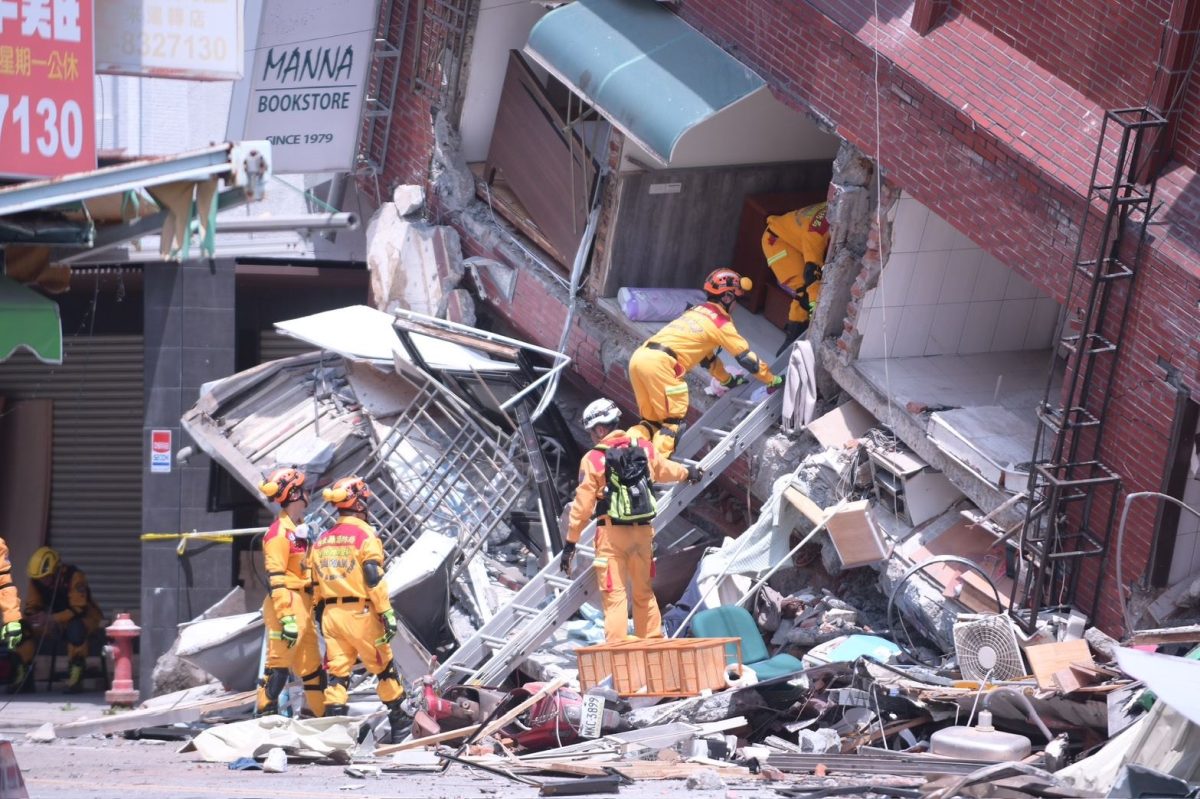
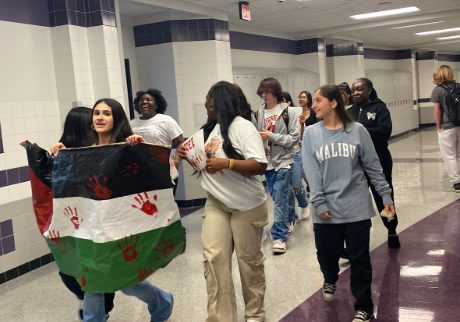


![With the AISD rank and GPA discrepancies, some students had significant changes to their stats. College and career counselor Camille Nix worked with students to appeal their college decisions if they got rejected from schools depending on their previous stats before getting updated. Students worked with Nix to update schools on their new stats in order to fully get their appropriate decisions. “Those who already were accepted [won’t be affected], but it could factor in if a student appeals their initial decision,” Principal Andy Baxa said.](https://bestofsno.com/wp-content/uploads/2024/05/53674616658_18d367e00f_o-1200x676.jpg)
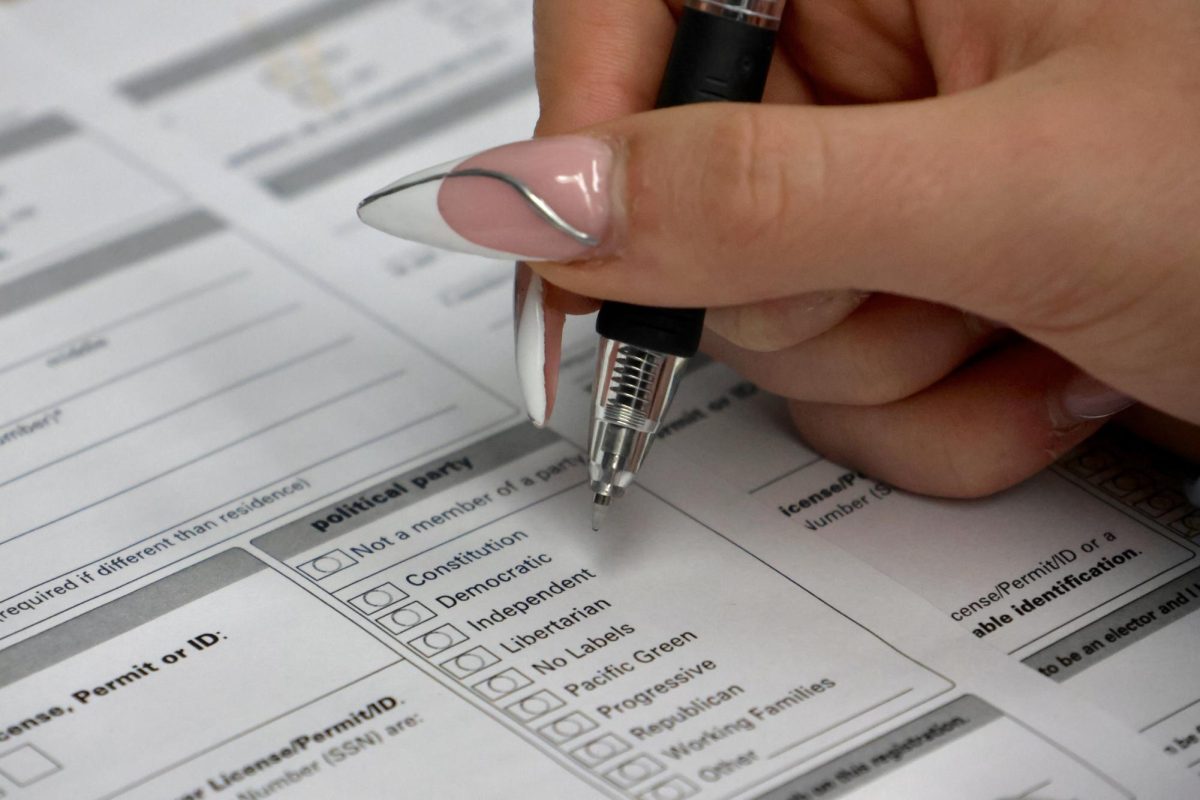


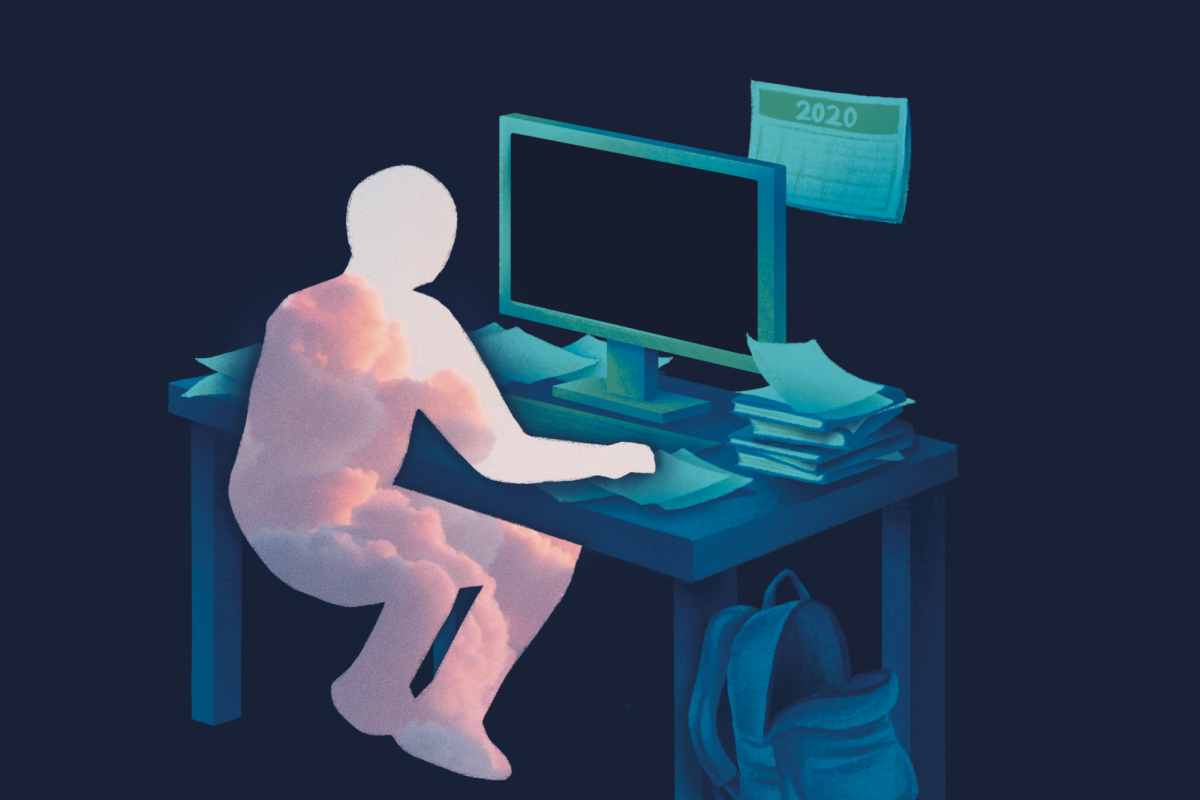

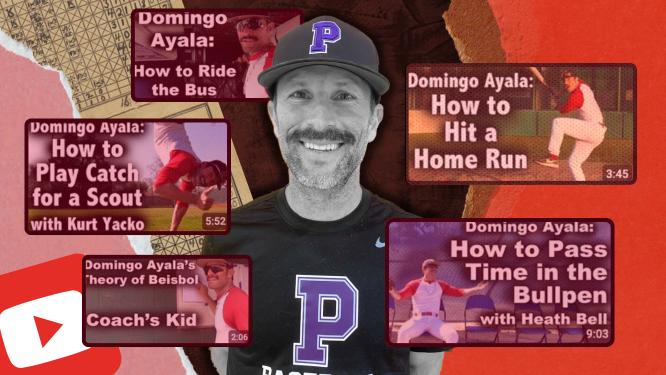
![Junior Mia Milicevic practices her forehand at tennis practice with the WJ girls tennis team. “Sometimes I don’t like [tennis] because you’re alone but most of the time, I do like it for that reason because it really is just you out there. I do experience being part of a team at WJ but in tournaments and when I’m playing outside of school, I like that rush when I win a point because I did it all by myself, Milicevic said. (Courtesy Mia Milicevic)](https://bestofsno.com/wp-content/uploads/2024/06/c54807e1-6ab6-4b0b-9c65-bfa256bc7587.jpg)

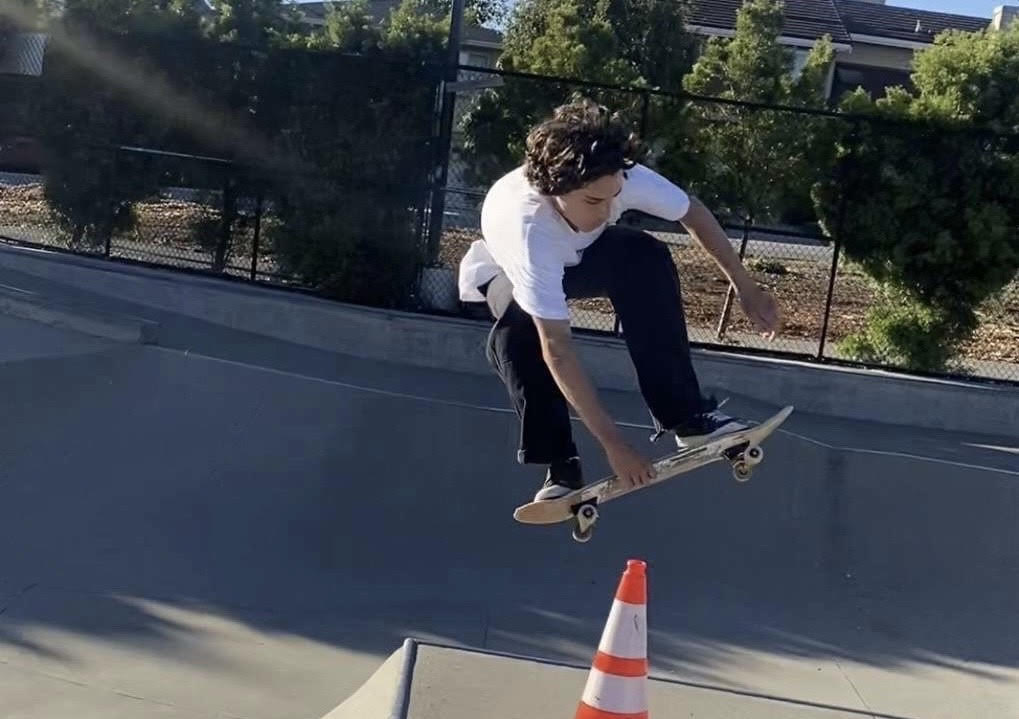






![The Jaguar student section sits down while the girls basketball team plays in the Great Eight game at the Denver Coliseum against Valor Christian High School Feb. 29. Many students who participated in the boys basketball student section prior to the girls basketball game left before half-time. I think it [the student section] plays a huge role because we actually had a decent crowd at a ranch game. I think that was the only time we had like a student section. And the energy was just awesome, varsity pointing and shooting guard Brooke Harding ‘25 said. I dont expect much from them [the Golden Boys] at all. But the fact that they left at the Elite Eight game when they were already there is honestly mind blowing to me.](https://bestofsno.com/wp-content/uploads/2024/05/IMG_7517-e1716250578550-900x1200.jpeg)






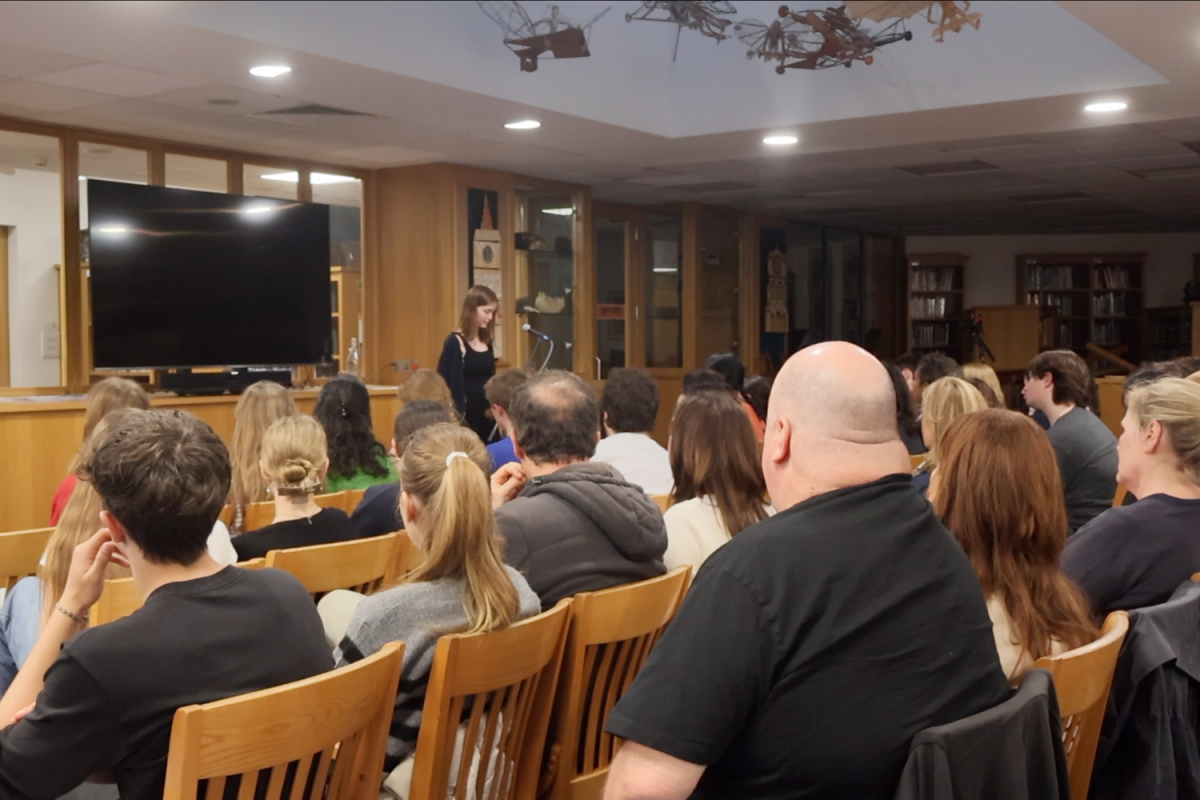


![BACKGROUND IN THE BUSINESS: Dressed by junior designer Kaitlyn Gerrie, senior Chamila Muñoz took to the “Dreamland” runway this past weekend. While it was her first time participating in the McCallum fashion show, Muñoz isn’t new to the modeling world.
I modeled here and there when I was a lot younger, maybe five or six [years old] for some jewelry brands and small businesses, but not much in recent years,” Muñoz said.
Muñoz had hoped to participate in last year’s show but couldn’t due to scheduling conflicts. For her senior year, though, she couldn’t let the opportunity pass her by.
“It’s [modeling] something I haven’t done in a while so I was excited to step out of my comfort zone in a way,” Muñoz said. “I always love trying new things and being able to show off designs of my schoolmates is such an honor.”
The preparation process for the show was hectic, leaving the final reveal of Gerrie’s design until days before the show, but the moment Muñoz tried on the outfit, all the stress for both designer and model melted away.
“I didn’t get to try on my outfit until the day before, but the look on Kaitlyn’s face when she saw what she had worked so hard to make actually on a model was just so special,” Muñoz said. “I know it meant so much to her. But then she handed me a blindfold and told me I’d be walking with it on, so that was pretty wild.”
Caption by Francie Wilhelm.](https://bestofsno.com/wp-content/uploads/2024/05/53535098892_130167352f_o-1200x800.jpg)



